Spatiotemporal dynamics of traffic bottlenecks yields an early signal of heavy congestions
Published in Earth & Environment, Physics, and Civil Engineering

Scientific background
Heavy traffic jams have been found rarely recurrent and are therefore difficult to predict and control due to the complexity and uncertainty of traffic dynamics. This challenge has stimulated extensive traffic flow methods and network methods to define or empirically identify urban road traffic congestions in the spatiotemporal environment1-5. The traffic bottleneck3, a road that impedes traffic flow, is the underlying origin of the jam propagation, which causes its multiple directional upstream roads to become also jams. The macroscopic traffic congestions in the overall road network could be comprised of numerous fragmented congestion components that are created by specific bottlenecks in the traffic dynamics. Thus, the overall traffic conditions could be improved by identifying and avoiding the spatiotemporal dynamics of bottlenecks before they reach full potential. However, methodologies that address the identification of the most critical bottlenecks in order to stop them from growing to significant congestion components, are still missing. To unveil identifiable early signals that could help traffic controllers to predict the eventual outcome of traffic bottlenecks, we develop a framework of bottleneck dynamics and demonstrate empirically its excellent performance in forecasting large traffic jam components.
Dynamics of urban traffic jams
Our simple framework describes the network’s propagation and dissipation of jams associated with the traffic bottlenecks evolving from their emergence, growth to their recovery and disappearance. We identify the traffic bottlenecks based on the jam tree structure5 that assigned the earliest congested road downstream of the congestion component as the traffic bottleneck. The new congestions in neighboring upstream roads are associated with the bottleneck if they become congested no longer than a predefined short time after the bottleneck or an existing downstream neighboring congestion in the component (Fig. 1a). To trace the spatiotemporal propagation and dissipation of traffic bottlenecks in empirical traffic data, we follow a bottleneck jam from its emergence to the disappearance and calculate the number of existing congested roads S(t) associated with this specific bottleneck over its evolution (Fig. 1c). Our dynamic network framework can identify a congestion component originated from a traffic bottleneck into the growth (Fig. 1b) and recovery stages (Fig. 1d). In the growth stage, the congestions originated from the bottleneck (circled red solid link), and gradually increased by more congestions (light red dashed links) in the upstream neighbouring streets (Fig. 1b). In the recovery stage, the congestion component gradually dissolved after its maximal size (light green dashed links) as the road segments become no longer congested (Fig. 1d).
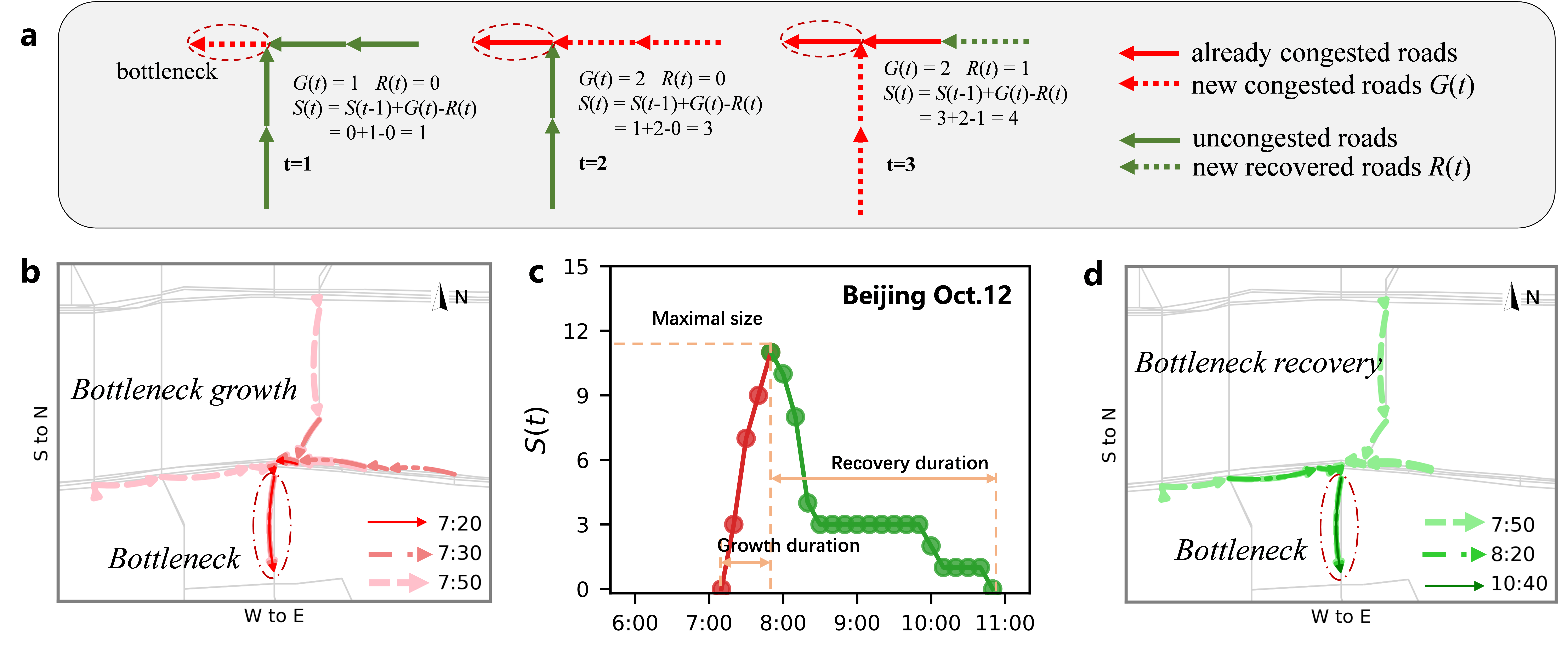
Fig. 1. Demonstration of jam propagation and dissipation from a typical bottleneck in traffic network. a Demonstration of congestion size S associated with a bottleneck in an illustrated network. b Several snapshots of the congested road segments during growth stage at 7:20, 7:30, and 7:50 for a specific but typical bottleneck on Monday, October 12, 2015, in Beijing. The arrows of the links are the directions of traffic flow. c The size S changes over time. This congestion component lasted for more than 3 hours after its bottleneck emerged. d Several snapshots of the congested road segments during the recovery stage at 7:50, 8:20, and 10:40.
Propagation and dissipation patterns of jams
To explore the congestion propagation and dissipation patterns, we analyze large-scale traffic-speed data on different days in Beijing and Shenzhen, and find the growth duration of jams associated with each bottleneck follows approximately an exponential distribution and the recovery duration of the jams follows a power-law distribution. The exponential exponents or the power law exponents are very stable in the same type of days (e.g., workdays) indicating a stable self-adaptability of the traffic system in the dynamics of congestion evolutions. The power-law feature means that the recovery stage of traffic jams may sustain very long time before their disappearance. Thus, the traffic system may be very vulnerable to the traffic flow dynamics in the network. Typically, we find that traffic congestions dissolve nearly twice slower than they propagate, meaning that road traffic jams are easier to occur and propagate, yet difficult to recover and disappear.
An early signal of heavy congestions
We develop an early signal for forecasting heavy traffic congestions based on the initial growth stage of jams. For that, we explore if the maximal size is correlated to the earliest attributes of the congestion propagation. We find that the growth speed of the jam associated with traffic bottlenecks is highly and positively correlated with their maximal number of congested roads. More importantly, the growth speed within the first 15 minutes of a congestion component can be used as an excellent measure for early prediction of heavy traffic congestions. In this way, the potential heavy traffic jams could be prevented at early time by the intelligent control and management of urban traffic flows.
Outlook
Our proposed framework can be applied in urban traffic control systems to identify heavy traffic bottlenecks at their early propagation, and potentially to design effective methods for preventing bottlenecks before they develop into their full potential. In addition, to better alleviate traffic congestions, our framework and findings can also be applied in well-developed real-time navigation systems or demand management strategies. Moreover, urban traffic control systems could be connected to navigation apps to warn travelers, in near real-time, to avoid the roads that may lead to a heavy traffic bottleneck.
References
- Arnott, R., De Palma, A. & Lindsey, R. Properties of dynamic traffic equilibrium involving bottlenecks, including a paradox and metering. Transportation Science 27, 148-160 (1993).
- Kerner, B.S. & Klenov, S.L. Microscopic theory of spatial-temporal congested traffic patterns at highway bottlenecks. Physical Review E 68, 036130 (2003).
- Long, J., Gao, Z., Ren, H. & Lian, A. Urban traffic congestion propagation and bottleneck identification. Science in China Series F: Information Sciences 51, 948-964 (2008).
- Saberi, M., Hamedmoghadam, H., Ashfaq, M., Hosseini, S.A., Gu, Z., Shafiei, S., Nair, D.J., Dixit, V., Gardner, L. & Waller, S.T. A simple contagion process describes spreading of traffic jams in urban networks. Nature Communications 11, 1616 (2020).
- Serok, N., Havlin, S. & Lieberthal, E.B. Identification, cost evaluation, and prioritization of urban traffic congestions and their origin. Scientific Reports 12, 13026 (2022).
Follow the Topic
-
Nature Communications

An open access, multidisciplinary journal dedicated to publishing high-quality research in all areas of the biological, health, physical, chemical and Earth sciences.
Related Collections
With Collections, you can get published faster and increase your visibility.
Women's Health
Publishing Model: Hybrid
Deadline: Ongoing
Advances in neurodegenerative diseases
Publishing Model: Hybrid
Deadline: Dec 24, 2025

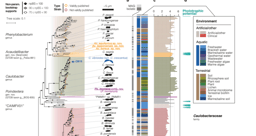
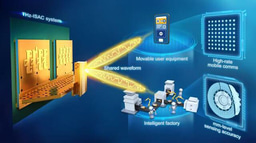
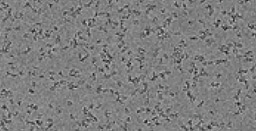
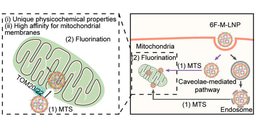
Please sign in or register for FREE
If you are a registered user on Research Communities by Springer Nature, please sign in